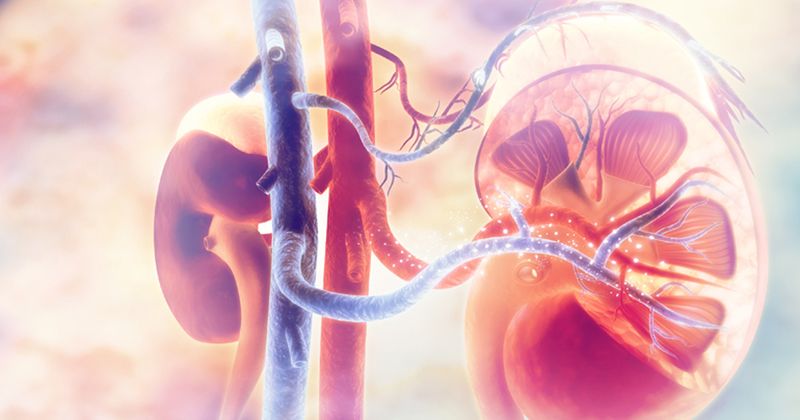Peritoneal dialysis deemed ‘ideal’ form of renal replacement therapy prior to transplant
Peritoneal dialysis provides a variety of benefits over hemodialysis, making it the ‘ideal’ mode of renal replacement therapy for patients prior to kidney transplantation, according to researchers from the University of Hong Kong.
“As the global burden of chronic kidney disease continues to increase, the demand for renal replacement therapy (RRT) also rises,” Sydney C.W. Tang, PhD, FRCP, and Kar Neng Lai, MD, DSc, wrote in a review article. “The lack of organ donors worldwide means that the majority of end-stage kidney disease patients would have to be put on dialysis therapy while awaiting the opportunity for kidney transplantation which is the best form of RRT.”

The researchers noted that since China’s implementation of the PD-first policy in 1985, all patients with ESKD who require dialysis initiate RRT with PD, unless doing so might cause medical harm. They added that Hong Kong now has the highest PD utilization rate in the world, with 75% to 80% of all patients on dialysis receiving RRT this way.
Arguing this policy has allowed Hong Kong to accumulate experience with PD, Tang and Lai reviewed published studies on the matter to further explore the potential benefits of PD.
They considered residual renal function, writing that while the evidence suggests similar patient survival rates with PD or hemodialysis, some studies have found a more rapid decline in renal function following initiation with the latter. Furthermore, a study using the U.S. Renal Data System showed PD was associated with a 16% lower risk of hemorrhagic stroke compared to hemodialysis.
“This will have substantial implications with regard to suitability to kidney transplantation and the subsequent cardiovascular risks after transplantation, as patients who survive major hemorrhagic strokes are more likely to have a significant residual neurologic deficit which could undermine their suitability for transplantation,” Tang and Lai explained.
In addition, although they noted similar survival rates between the two modalities, the researchers argued that mortality among patients on PD has continually declined over time, while mortality rates have declined “very little” for those on hemodialysis.
Acknowledging that some countries are reluctant to increase PD utilization due to potential infection concerns, Tang and Lai contended patients on PD have a fairly low peritonitis rate, with several countries seeing improvement as cases decline.
Further, they wrote, “hemodialysis patients are at risk of bacteremia during the first 90 days of access creation, whereas the risk of peritonitis for PD patients was not different over time. Therefore, the access for PD is not particularly more problematic than that for hemodialysis.”
The researchers also indicated quality of life may be better for patients receiving PD vs. hemodialysis due to the absence of hemodialysis-induced electrolyte shifts which can cause muscle cramps, hypotension and myocardial stunning. In addition, they cited research that showed patients on PD had better psychological health and less emotional stress than patients on either in-center or home hemodialysis.
Tang and Lai addressed the “lingering question” as to which form of RRT confers better clinical outcomes following kidney transplantation. They suggested that many studies demonstrate similar outcomes, with some observing improved patient survival and lower incidence of delayed graft function in patients who had received PD.
“As a home-based therapy, PD can improve patient survival, preserve [residual renal function] RRF and lower infection risk in patients with end-stage renal disease while at the same time reduce financial stress to the government because of its cost-effectiveness,” they concluded. “Given the utility and potential advantages of PD as a bridging therapy to kidney transplantation, there is a need to increase its utilization which is low in many parts of the world especially in western countries.”
